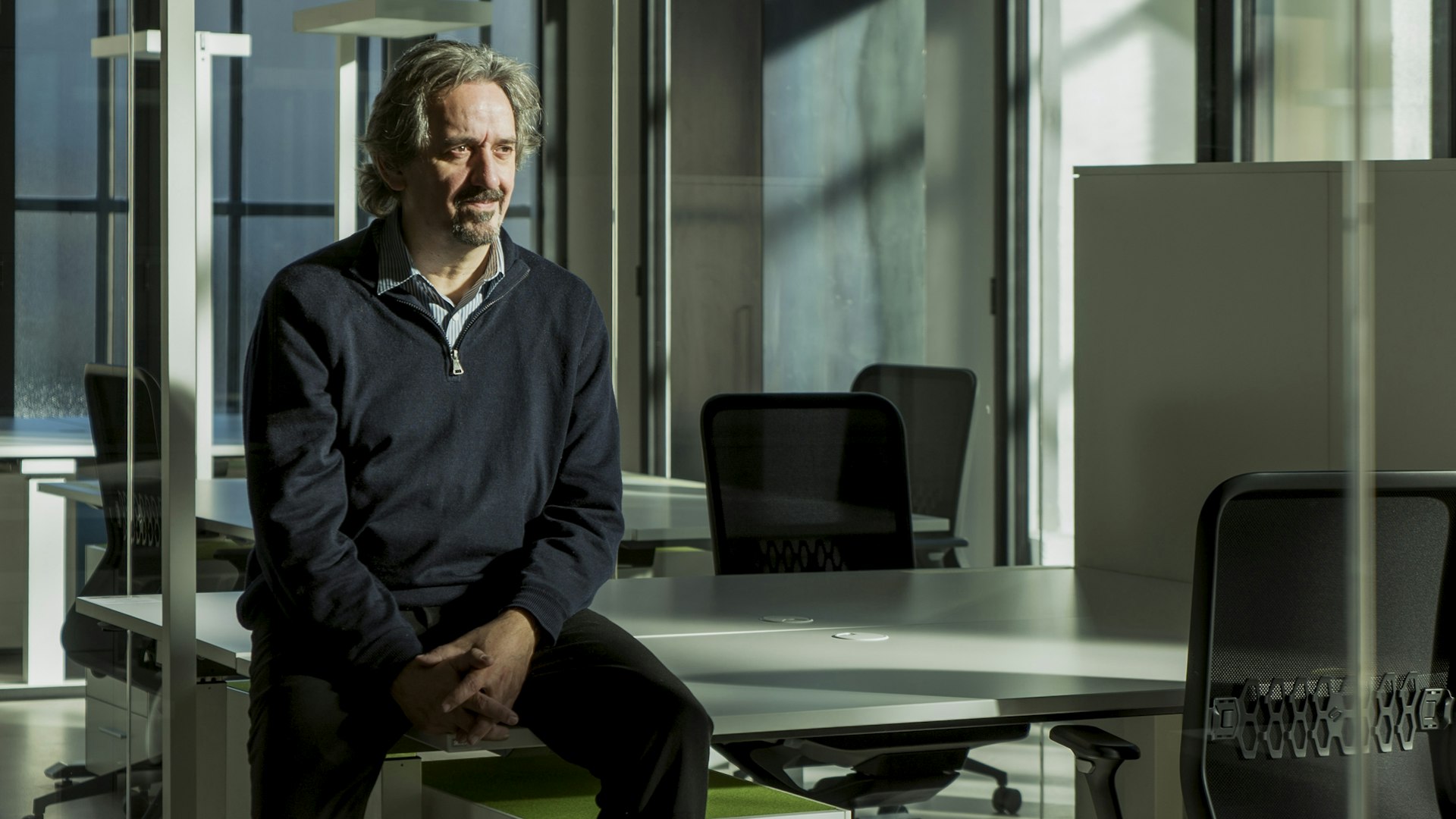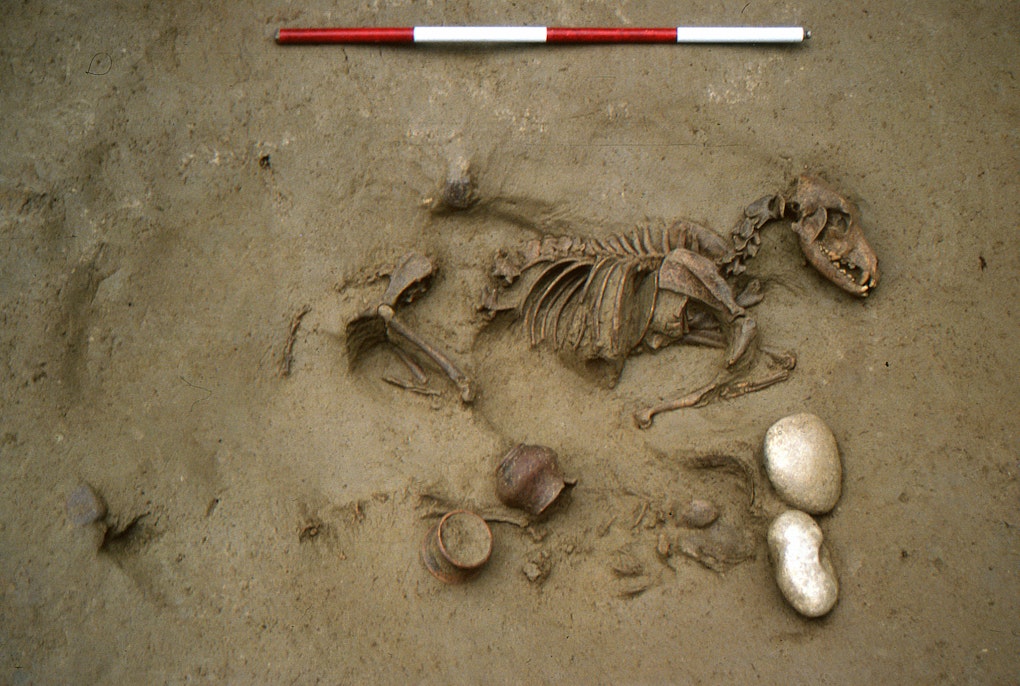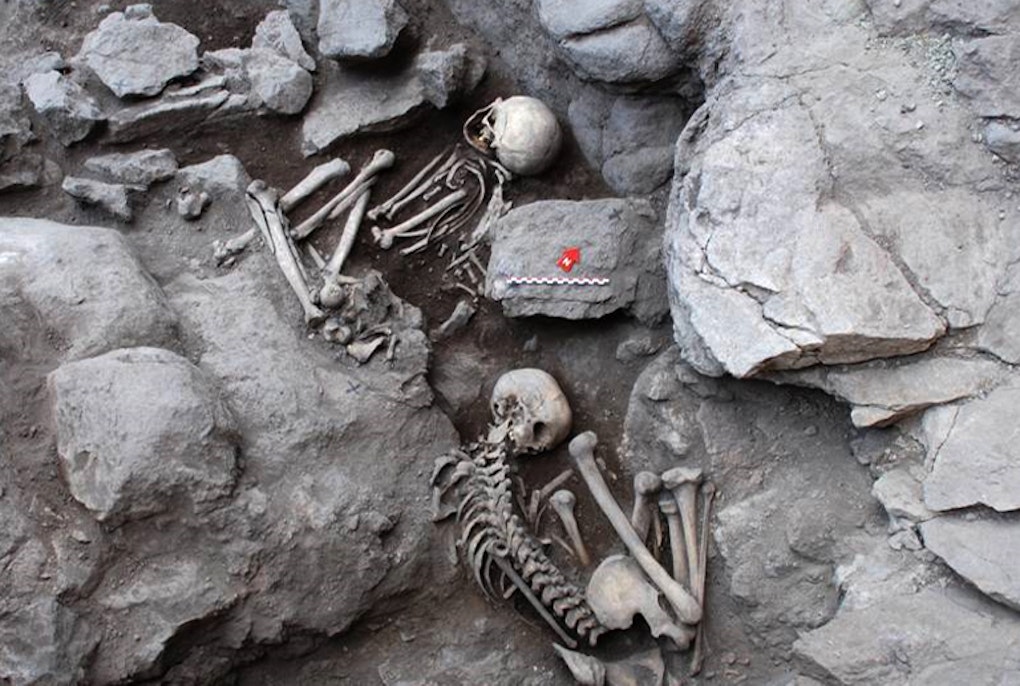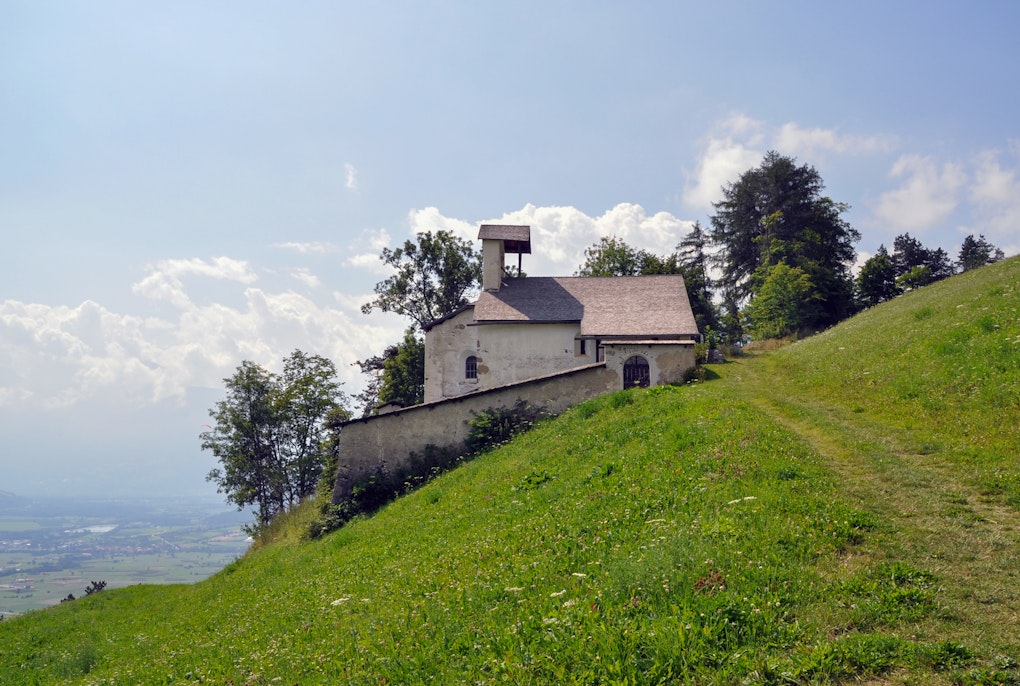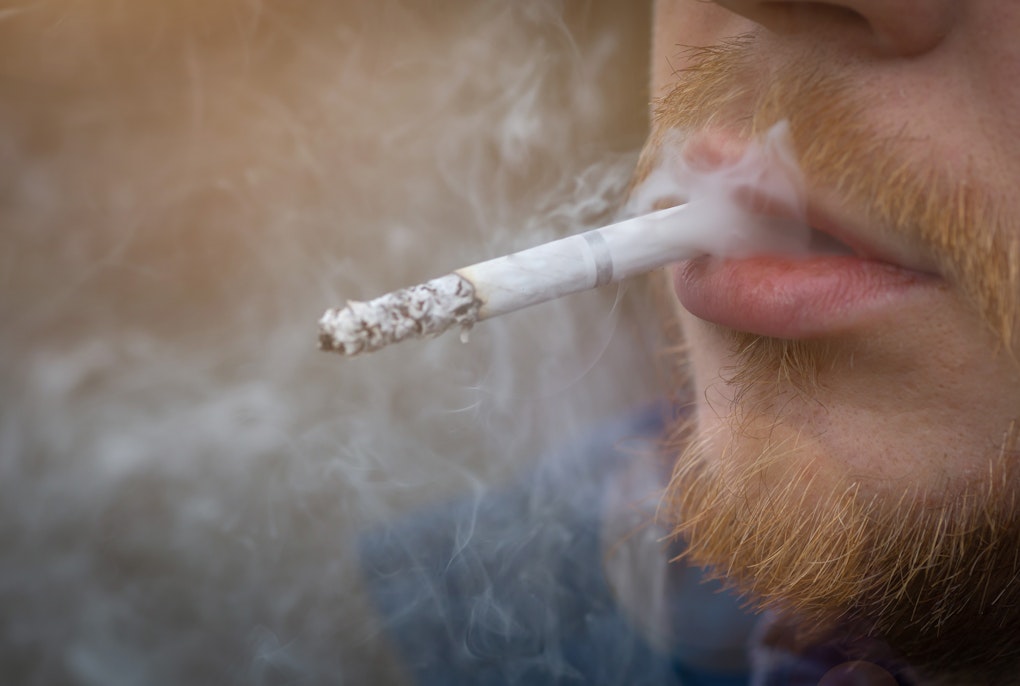magazine_ Interview
Ötzi and his ‘tenants’
An interview with Albert Zink, Head of the Institute for Mummy Studies at Eurac Research.
Which microbes lived on and in Ötzi? What did the intestinal flora of our ancestors look like and which pathogens afflicted them? How has bacterial colonization changed over time? Thanks to technological advancements, mummy researchers are now able to investigate such questions. Today’s microbiome research on millennia-old test subjects not only provides new insights into the development of the human species - modern medicine also benefits from it.
In 2016, your research team succeeded in locating the bacterium Helicobacter Pylori in Ötzi's stomach and reconstructing its 5,300-year-old genome - why was that so significant?
Albert Zink: We provided evidence that the bacterium has actually been with humans for so long - this had previously been suspected but was based on extrapolations only. What was particularly exciting was that Ötzi's bacterium is similar to a variant that today is found mainly in Asia. The European Helicobacter strain, which probably arose from the combination of an original Asian and African variant, can therefore have arisen only after Ötzi's time, which in turn means that the colonization history of Europe is more complex than first assumed. Moreover, because of its genetic structure Ötzi's Helicobacter already had the potential to induce disease; it was therefore not a organism that only later became a pathogen. This is interesting for modern medicine as well, because knowledge of how such a bacterium has evolved and adapted in humans can also provide criteria as a starting point for how to treat it.
Especially for Helicobacter this is very controversial.
Zink: Yes, there are really two fronts. The scientists on one side are convinced that the stomach bacterium, which is carried by an estimated half of the world's population, should be eliminated. The other believes that it should only be treated when problems occur, i.e. when it actually causes gastritis or stomach ulcers. Their argument is that if Helicobacter has been living in our stomachs for so long, it probably has a function. In fact, there are studies that show that a Helicobacter in the stomach can protect against esophageal cancer, for example, or allergies and asthma.
In general, medical research is just discovering the importance of bacterial colonization - that is, the trillions of microbes that live on and in humans. It is suspected, for example, that the increasing susceptibility to certain diseases is related to the fact that the human microbiome is shrinking dramatically due to the lifestyle of our western civilization - the use of antibiotics, for example, or the fact that our nutrition contains so many additives. A much greater diversity of bacteria has been found in isolated living tribes in the Amazon region. This indicates that the human microbiome was originally more diversified.
We want to reconstruct Ötzi's microbiome. This is somewhat difficult, because in mummies, in addition to the bacteria originally present in the body, we also find additional bacteria that came later from the external environment, like glacier water for example. On top of this, the beginning of the decomposition process naturally also leads to a shift in the microbiome - all this must first be factored out.
Albert Zink
So, does that mean Ötzi would have also been host to a greater variety of bacteria, viruses and fungi?
Zink: We are in the process of finding this out as we want to reconstruct Ötzi's microbiome. This is somewhat difficult, because in mummies, in addition to the bacteria originally present in the body, we also find additional bacteria that came later from the external environment, like glacier water for example. On top of this, the beginning of the decomposition process naturally also leads to a shift in the microbiome - all this must first be factored out. We will probably not succeed in identifying all bacteria, but on the basis of the most important groups, we will at least recognize the diversity, I think. Initial results already show a great diversity of microbes. This is actually what we expected since Ötzi ate a varied diet - meat, grains, various herbs - and got a lot of movement, he was not overweight, there were neither antibiotics nor nicotine which bodes well for the microbiome. It will then also be interesting to compare Ötzi's bacterial colonization with mummies from other cultures and eras.
You're not just studying Ötzi's microbiome?
Zink: No, we would like to extend the investigation. We have samples of mummies from Egypt, Central and South America and may even get one from Korea. In addition, we are also examining mummies from churches here in Europe - in one case, the stomach and intestinal contents are still preserved! We will then be able to make comparisons or relate the bacterial colonization to nutrition, for example. From the isotopes stored in bones or teeth, we can deduce composition of the food eaten - whether it was mostly meat or fish, what kind of plants and so on. Of course, it would be exciting to see how this affected the microbiome. This whole branch of research is highly topical, the number of scientific papers dealing with the microbiome has exploded in recent years - so we are working on the cutting edge of modern research, even though our test subjects are a few thousand years old.
In some cases, the reconstruction of ancient pathogen strains can also contribute to concrete solutions of acute medical problems. The origin and evolution of Tuberculosis, for example, is a disease we have long been trying to understand.
Albert Zink
So, the elaborate techniques you develop while working with ancient DNA are also of interest to modern medicine.
Zink: As mummy researchers we have to deal with very degraded material in which DNA is often only present either in fragments or in very small quantities; in addition, there is the problem we mentioned before, that many bacteria are present that did not originally come from a particular body. We therefore have to really hone and refine our techniques, for example, in order to extract individual Helicobacter sequences from Ötzi's stomach contents. These special methods also turn out to be helpful in clinical practice when it comes to detecting a pathogen in a patient's body that is only present in very small traces. An example is Syphilis, where only a very small number of bacteria are still present in the body at later stages of the disease. Modern medicine is showing great interest in our techniques.
As paleopathologists we also deal with Syphilis and are currently studying skeletal remains from the Middle Ages that show typical evidence of syphilis infection; if we were able to reconstruct the genome of a pathogen from remains, as we did with Helicobacter, we could learn a lot about the origin and development of the disease. It is not clear yet whether Columbus brought it to Europe or whether it already existed here, perhaps in a different form, or whether the strains mixed ...
This affects the understanding of the disease history ...
Zink: Absolutely but there’s more to it than that ... In some cases, the reconstruction of ancient pathogen strains can contribute to concrete solutions of acute medical problems. The origin and evolution of Tuberculosis, for example, is a disease we have long been trying to understand. TB is a disease that is still not under control and one that even today, kills up to two million people every year, despite modern medicine. This is mainly because there are multi-resistant strains of bacteria against which no antibiotic can help. However, such resistance is not always a reaction to antibiotics - ancient bacteria have been found that had resistance genes in their genome. Could this original resistance also exist in tuberculosis pathogens? If so, we would of course have to rethink treatment strategies and perhaps switch to completely different medicines.
As a researcher working on the microbiome, what do you do to look after your own?
Zink: You definitely start to think about it when you research it and read all the scientific articles about it. For example, I'm eating more consciously, avoiding ready-made products; I don't drink cola at all anymore. And I have a cell phone app that counts my steps: I should walk at least 10,000 steps a day - I'm sure that's at least how many Ötzi did!
This interview has been published on December 19th 2019 in the magazine Academia, with the title: „Ötzi und seine Untermieter”.
